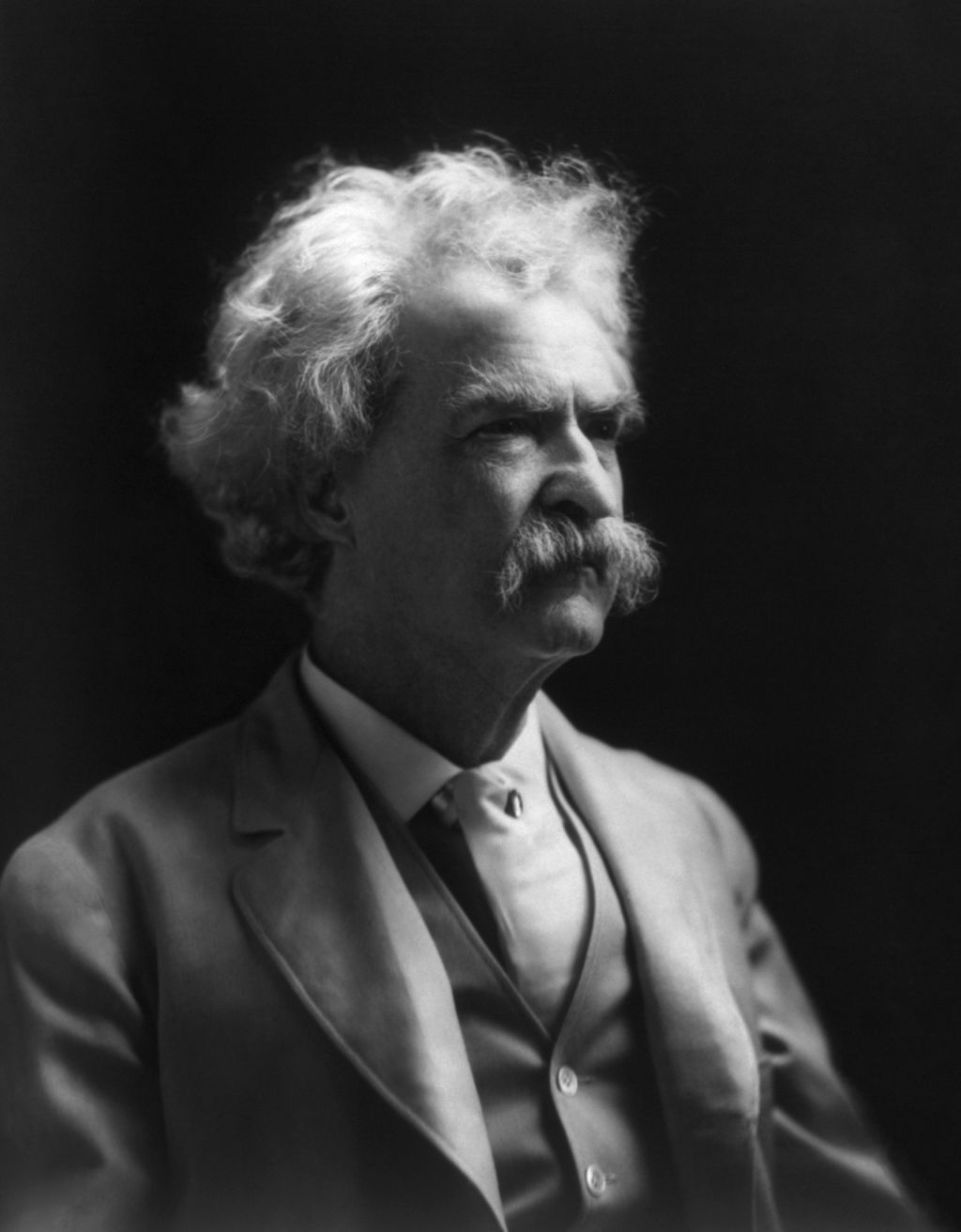By 1808Delaware
As Central Ohio undergoes one of the fastest growth periods in its history, a new regional survey shows that many residents are worried the foundations of economic opportunity—housing, jobs, and childcare—are beginning to buckle under the pressure.
The Leaders Listen: Economic Development survey, released by the Mid-Ohio Regional Planning Commission (MORPC), underscores the challenges facing communities across the 15-county region. Conducted in partnership with Measurement Resources Company and The Columbus Dispatch, the survey offers an in-depth look at how Central Ohioans view their economic future—and what they believe needs to change.
Housing Affordability: The Top Concern
Housing is front and center in residents’ minds. A striking 73% of respondents believe housing in Central Ohio is too expensive, and nearly a third report a lack of diverse housing options.
More than half of those surveyed—51%—said that increasing the supply of affordable housing would do more to strengthen the region’s economy than attracting new businesses or supporting small enterprises. The message is clear: economic development begins at home.
Jobs and the Workforce: A Mixed Outlook
Job concerns were not far behind. Thirty-six percent of participants cited a lack of high-paying jobs, while 26% pointed to an overall shortage of jobs. Still, despite these hurdles, over half of respondents (54%) expressed optimism about the regional job outlook—a hopeful sign for policymakers and employers.
Childcare Costs Threaten Economic Stability
The rising cost and inaccessibility of childcare emerged as a major barrier for working families. More than one in four respondents listed childcare among their top three economic concerns. Among families with children under five, 20% reported making trade-offs—such as sacrificing childcare—in order to afford housing.
“This is not just a family issue—it’s a workforce issue,” noted William Murdock, MORPC Executive Director. “Families need support to fully participate in the economy.”
Infrastructure Investment: Support with Caveats
Two-thirds of respondents agree that infrastructure and utility investments are vital to managing growth. However, only 42% would support a tax increase to pay for such projects—suggesting a demand for creative and cost-effective solutions.
Residents Seek Holistic, Long-Term Planning
Across the board, Central Ohioans are calling for leaders to take a broader view. “Residents are telling us they want collaborative, forward-thinking solutions—and they see these issues as interconnected, not separate silos,” Murdock said.
MORPC plans to incorporate these insights into its Comprehensive Economic Development Strategy (CEDS), ensuring that voices from all walks of life influence the region’s path forward. The Leaders Listen initiative is particularly focused on reaching those not typically heard in public forums, broadening the base of engagement.
Building a Competitive, Inclusive Future
Dave Dixon, MORPC’s Director of Data & Strategy, reinforced the importance of the survey findings: “Central Ohioans recognize housing is not just a quality-of-life issue—it’s an economic issue. If we want to remain competitive and attract the workforce we need, we must invest in the fundamentals that support strong, resilient communities.”
Explore the full survey results and learn how you can get involved at morpc.org/leaderslisten.
Source: MORPC








